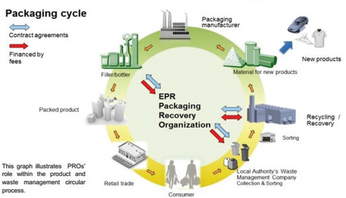Defects in Coating
In the world of coating equipment, the coating station is considered the heart of the beast. For better or worse, when the fluid comes in contact with the substrate, the coating station is where the action is.
Mark Miller, Coating Tech Slot Dies
In the world of coating equipment, the coating station is considered the heart of the beast. For better or worse, when the fluid comes in contact with the substrate, the coating station is where the action is. A manufacturing engineer spends a large chunk of time looking at, adjusting, measuring, and hovering around the coating station to determine how to make a coated product as fast as possible with the fewest defects. As you learn more about coating – the interactions and the limitations of the equipment and materials – the more you will be able to directly influence defect reduction and product yield. Understanding how each component contributes to defect formation is critical to defect identification and developing a path forward for analysis.
Fluid coating is only as good as the quality team says it is. Once the fluid hits the substrate many things can happen – the substrate can wrinkle, air can be trapped, and curing can do more damage than good. The key is to understand where the defect is coming from and reducing or eliminating the root cause of the defect. But before you can control the cause of the defect, you need to be able to identify the defect. Proper identification leads you down the right path, but the industry nomenclature is not the same across industries, or sometimes even within one company. I would say the one area that coating is very different is in defect resolution (including identification, analysis, and control). Similar to how we have approached understanding coating, equipment and fluid flow, we need to be systematic in the understanding of defects.
This post is for paying members only
SubscribeAlready have an account? Log in

